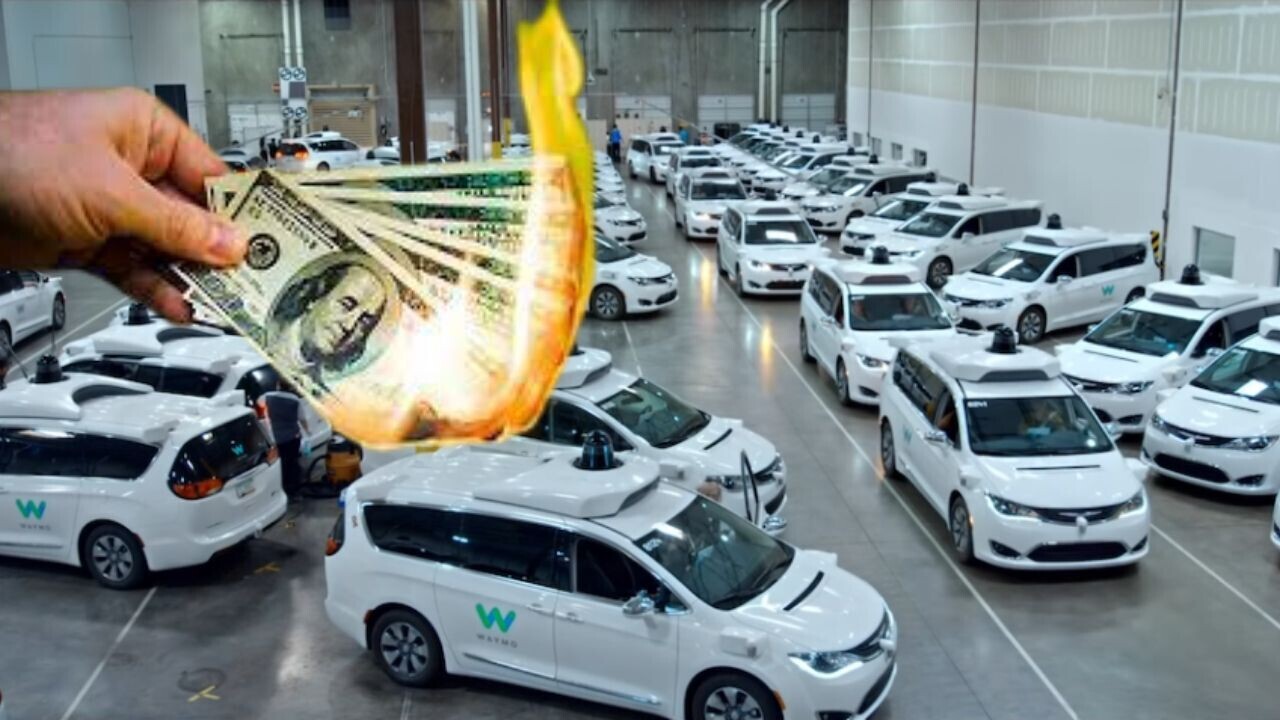
Tech giants such as Google, Apple, and Amazon had promised that by now we’d be casually riding their robotaxi fleets on a large scale. Of course, that didn’t happen.
Excessively high costs, prolonged testing periods, and safety issues have undoubtedly played their part. But a new threat has emerged as well, as journalist Patrick McGee illustrated in the Financial Times on Monday.
In a very insightful piece, McGee pointed to the rapidly developing Advanced Driver Assistance Systems (ADAS), which, according to experts, might show a better path to fully driverless tech.
The ADAS players are following a bottom-up approach, gradually scaling up the levels of automation.
They believe that the Level 1 and 2 partial automation they have currently achieved can evolve into the sought-after Level 4 and 5 (where a vehicle can truly drive itself), and at a much lower cost.
The mindset behind robotaxis comes in direct opposition, McGee explains. The companies stand for a “moonshot” approach and the plan is either to directly offer full autonomy or nothing at all.
The risk here is that the robotaxi players don’t really have a plan B, which means that, if they fail, they are left completely high and dry.
On the contrary, the Advanced Driver Assistance Systems (ADAS) have dramatically improved, the companies behind them are already offering successful products, and the ADAS market skyrocketed to $25 billion last year.
So the big question, as McGee notes, isn’t whether autonomy will be reached, but by which method — and by extension, by whom.
While the robotaxi hopefuls maintain that the chasm from Level 2 to Level 4 is too big to bridge, the evolutional leap of ADAS might come faster than they can directly unlock full autonomy.
McGees’ piece offers an in-depth analysis of the two competing industries with insightful argumentation and experts’ perspectives. The article is definitely worth a read if you’re interested in the future of fully autonomous driving. You can find it here on the Financial Times.
Do EVs excite your electrons? Do ebikes get your wheels spinning? Do self-driving cars get you all charged up?
Then you need the weekly SHIFT newsletter in your life. Click here to sign up.
Get the TNW newsletter
Get the most important tech news in your inbox each week.




